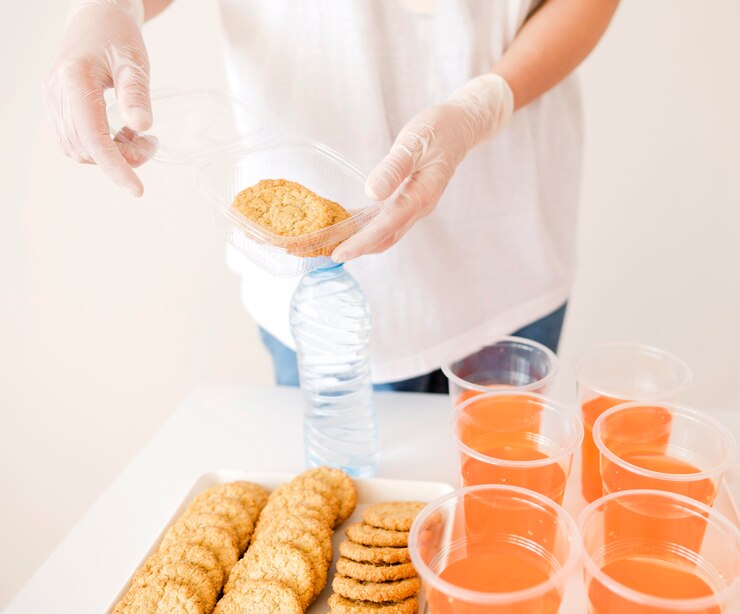The Power of Modified Atmosphere Packaging (MAP)
Modified Atmosphere Packaging (MAP) technology has become a cornerstone in modern food preservation. As consumer demand for fresh, minimally processed foods with extended shelf lives continues to grow, MAP has secured a pivotal role in the food industry.
The principle behind MAP, also known as gas replacement packaging, involves using a carefully controlled mixture of gases to replace the air in food packaging. This process alters the food’s external environment, inhibiting bacterial growth and slowing down the metabolism of fresh produce, thereby extending shelf life significantly.
Vacuum tray sealers are at the forefront of this technology. These machines effectively inhibit food spoilage caused by bacterial growth, extending the shelf life of various products including fresh produce, fast food, and prepared meals. With features like real-time fault alarms and smooth sealing that prevents food leakage, these sealers offer both safety and efficiency in food packaging.
Versatile Solutions for Different Production Needs
The food packaging industry requires versatile solutions to meet varying production needs. This is where different types of tray sealers come into play.
For high-volume production, the One-line tray sealer is an excellent choice. Capable of processing 1800-2400 pieces per hour, this machine is designed for large-scale production lines. It features replaceable molds and configurable mold shapes, allowing for flexibility in packaging different products while maintaining high output.
For operations seeking to boost productivity through continuous packaging, the Rotary tray sealer offers an innovative solution. Using a rotating dual-station turntable, this machine ensures uninterrupted packaging. Made of food-grade 304 stainless steel, it’s both durable and corrosion-resistant. The food-grade aluminum molds can be customized to suit various tray sizes, making it adaptable to different packaging needs.
The Science of Preservation Gases
The effectiveness of MAP technology lies in the composition of preservation gases used. Typically, these gases include carbon dioxide (CO2), nitrogen (N2), and oxygen (O2), each serving a specific purpose:
CO2 acts as the primary antibacterial component, inhibiting the growth of most spoilage bacteria and molds.
O2 helps maintain the color of fresh meat and supports the oxygen respiration of fresh produce.
N2, being an inert gas, serves as a filler, preventing package collapse.
The exact composition and ratio of these gases vary depending on the specific food product being packaged. This customization is key to achieving optimal preservation results.
In conclusion, tray sealers equipped with MAP technology offer sophisticated solutions for modern food packaging challenges. By leveraging these advanced technologies, food producers can ensure their products reach consumers in optimal condition, enhancing both food safety and customer satisfaction. As the food industry continues to evolve, the role of tray sealers in shaping the future of food preservation and packaging remains crucial.





